In this post, I’m covering everything you need to know about miso and how to use it.
Since miso is a staple in Japanese cooking, getting familiar with it will help you create authentic, flavorful dishes with ease.
Let’s get started!
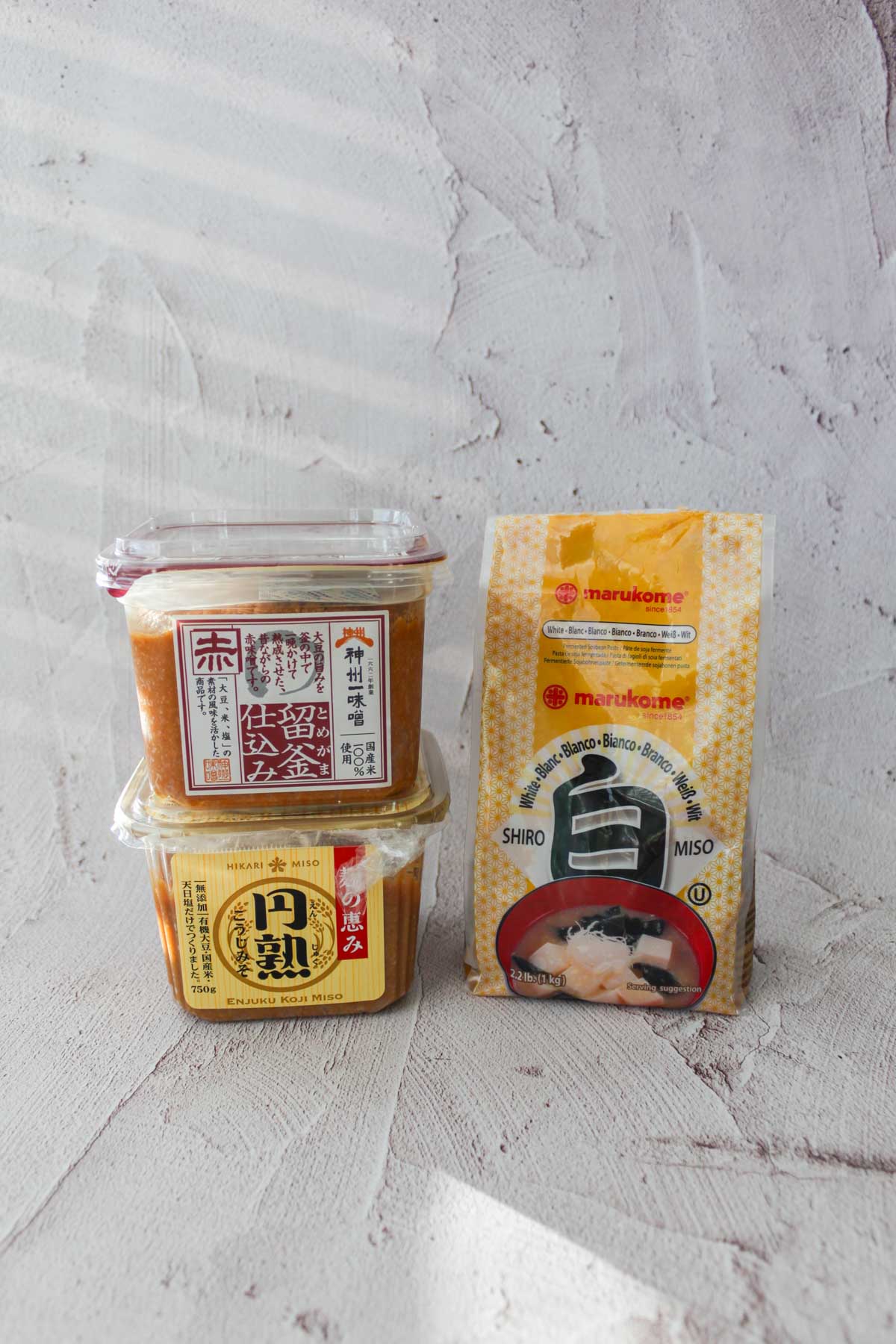
Jump to:
What is Miso and How is it Made?
Miso is a thick, fermented paste that’s a must-have in Japanese cooking. It’s a part of everyday meals in Japan, adding deep, savory flavors to all kinds of dishes.
There are many types of miso, each with its own unique taste depending on the ingredients and fermentation time.
It’s made by fermenting soybeans with salt, grains like rice or barley, and koji—a special type of beneficial fungus. This fermentation process is what gives miso its signature umami flavor.
And the best part? Miso is incredibly versatile! You can use it in everything from traditional Japanese dishes to Western meals—and even desserts.
What Does Miso Taste Like?
Miso has a deep, umami-rich flavor that’s salty, savory, and slightly sweet all at once.
If I just need a hit of salt, plain salt will do the job.
But when I want to add not just saltiness but real depth and complexity to a dish, miso is my go-to. It brings so much more than just seasoning—it transforms the flavor!
Health Benefits of Miso
Miso is packed with probiotics, thanks to fermentation, which can help with digestion, support your immune system, and even reduce inflammation (source).
Some studies suggest it may also lower the risk of stomach cancer and heart disease, as well as help regulate blood sugar and blood pressure (source).
Pretty amazing for just one ingredient!
What About the Salt in Miso?
Worried about miso being too salty? A standard serving of miso soup only contains about 0.8g of salt, which isn’t as much as you might think. Plus, miso has peptides that can actually help lower blood pressure!
Unless you're eating massive amounts of miso every day or have specific dietary restrictions, there’s no need to stress. And if you're still concerned, there are low-sodium miso options available.
Note: I’m not a doctor or nutritionist—just sharing general info! If you have health concerns, it’s always best to check with a professional.
What are the Different Types of Miso?

Miso comes in a variety of flavors and colors, all depending on the ingredients, their ratios, and how long they’re fermented. Here’s a simple breakdown of the main types:
Miso by Color
- Red Miso (Aka Miso): This one is mostly soybeans, fermented longer for a bold, salty, and deep umami flavor. It’s perfect for hearty miso soups, braises, or dishes with meat.
- White Miso (Shiro Miso): Made with more rice koji and fermented for a shorter time, this miso is sweeter and milder. It works well in lighter dishes like dressings, marinades, and miso soup with a delicate flavor.
- Light-Colored Miso (Tanshoku Miso): Similar to white miso but with a little more salt and a longer fermentation period, giving it a slightly richer, golden hue.
- Awase Miso: A blend of different miso types, balancing flavors to get the best of both worlds!
Miso by Main Ingredient
- Rice: Has a naturally sweet flavor from the rice and comes in several varieties.
- Barley: Offers a savory, slightly nutty aroma with a clean aftertaste.
- Soybeans: Bold, salty, and packed with umami, making it great for slow-cooked or rich dishes.
Each type of miso has its own personality, so you can mix and match depending on what you’re cooking!
How to Choose the Right Miso
Picking the right miso depends on the flavor you’re going for in your dish.
- If you like mild, slightly sweet flavors, go for white miso (shiro miso) with rice koji—it’s light and versatile.
- If you want something bolder and saltier, red miso (aka miso) is the way to go.
Check the ingredient list before buying—whatever’s listed first is the main ingredient. Stick to miso made from soybeans, salt, grains (like rice or barley), and koji, and avoid ones with unnecessary additives.
💡 A quick tip: Skip miso that already has dashi in it! It often has extra additives, and the flavor isn’t as authentic as traditional miso.
Best Miso for Beginners
If you’re just starting out, I recommend a light-colored miso made from rice or soybeans, like Kodawattemasu or Enjuku miso. They have a well-balanced umami flavor—not too salty, not too sweet—so they work well in all kinds of Japanese dishes.
What Are Substitutes for Miso?
There’s really no perfect substitute for miso paste—it has such a deep, complex flavor. But if you need a quick alternative, here are a few options:
Simple Miso Replacement
Try mixing 30g silken tofu + 1 tablespoon soy sauce. It won’t have the same fermented depth, but it works in a pinch!
Other Alternatives
- Doenjang (Korean miso): Similar in some ways, but stronger in smell and taste.
- Soy-free miso: Chickpea miso is a good alternative if you’re avoiding soy.
- Gluten-free miso: Brands like YUHO Organic Miso Paste and Kodawattemasu are great options.
- Low-sodium miso: Marukome Organic Miso Reduced Sodium or Kodawattemasu Mild Sodium are worth checking out.
Doenjang vs. Miso: What’s the Difference?
Doenjang and miso are both made from fermented soybeans, but they’re not quite the same:
- Fermentation & Flavor: Doenjang is typically fermented longer and has a stronger, funkier smell (kind of like natto).
- How It’s Used: Doenjang is often stewed to bring out its deep flavors, while miso is usually added at the end of cooking to preserve its delicate taste.
If you’re looking for a bolder, saltier twist in your dish, doenjang can work as a substitute for miso, but keep in mind that the taste won’t be identical!
💡Want more ingredient swap ideas? Check out my guide on Ingredient Substitutions for Japanese Cooking!
Does Miso Go Bad? How to Store It Properly
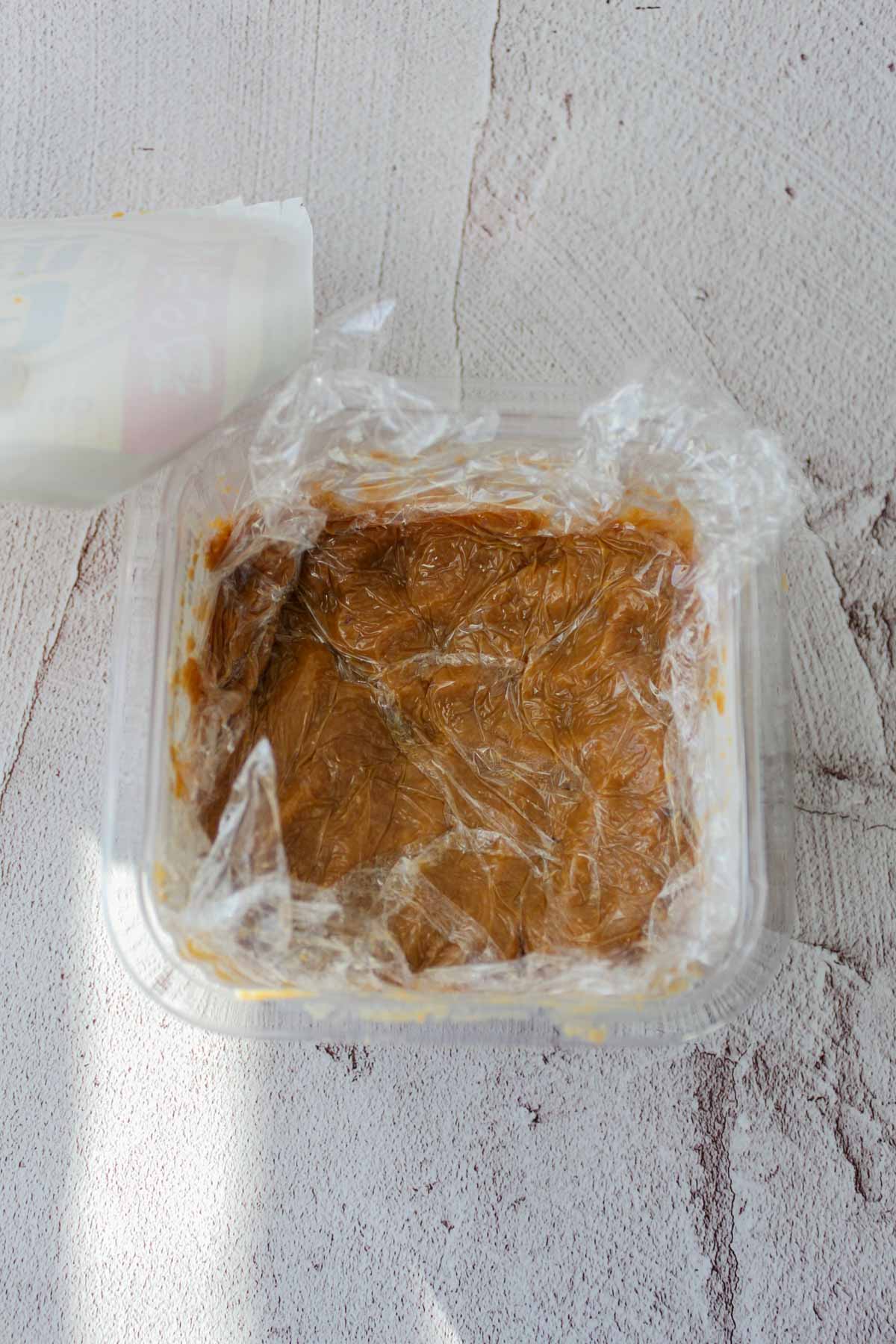
Miso lasts a long time, but it can go bad if it’s not stored properly.
The best way to keep it fresh is to store it in the fridge or freezer with the lid tightly sealed to prevent drying out.
How Long Does Miso Last?
Shelf life varies by type, so always check the label! But as a general rule, for the best flavor and quality, use miso within 2 months after opening.
Tips for Keeping Miso Fresh Longer
- Cover the surface: After opening, press a piece of plastic wrap directly onto the miso to minimize air exposure.
- Store in the fridge or freezer: It won’t freeze solid, so you can scoop it out easily even when frozen.
How to Tell If Miso Has Gone Bad
- Fluffy mold on top: If you see actual fluffy, thick mold, it’s best to toss it.
- Sour taste with no sweetness: Miso should be rich and savory, not sour.
Miso Changes That Are Not a Problem
- Dark liquid on top: That’s tamari, a natural byproduct of miso. Just mix it back in or use it as a soy sauce substitute!
- White film on the surface: This is just yeast, not mold. You can scrape it off along with about 5mm of miso around it, and keep using the rest.
💡 Bottom line: Keep it sealed, store it right, and your miso will stay fresh and flavorful for months!
Where to Buy Miso
You can easily find miso at most local grocery stores, Asian markets, or online retailers like Amazon.
For a wider variety of types and brands, I’d recommend checking out a specialty store, health food markets, or Japanese supermarkets. These places often have more authentic selections.
If you're looking for something really specific or just want a broader range of options, an Asian or Japanese grocery store is your best bet!
💡Learn more: Best Places to Buy Japanese Ingredients Online (coming soon!)
How to Use Miso in Cooking
Miso is super versatile, so don’t hesitate to add it to any dish where you want a boost of deep umami and saltiness! Here are a few great ways to start incorporating miso into your cooking:
I hope you found this guide helpful!
If you have any questions or want more info, drop them in the comments below—I’d love to hear from you and make this guide even better!
If you enjoyed this guide, you might also like:
- A Step-by-Step Guide to Japanese Cooking for Beginners
- Essential Condiments to Get Started with Japanese Cooking
Have fun with miso! 🙂
📌Pin This Guide For Later!
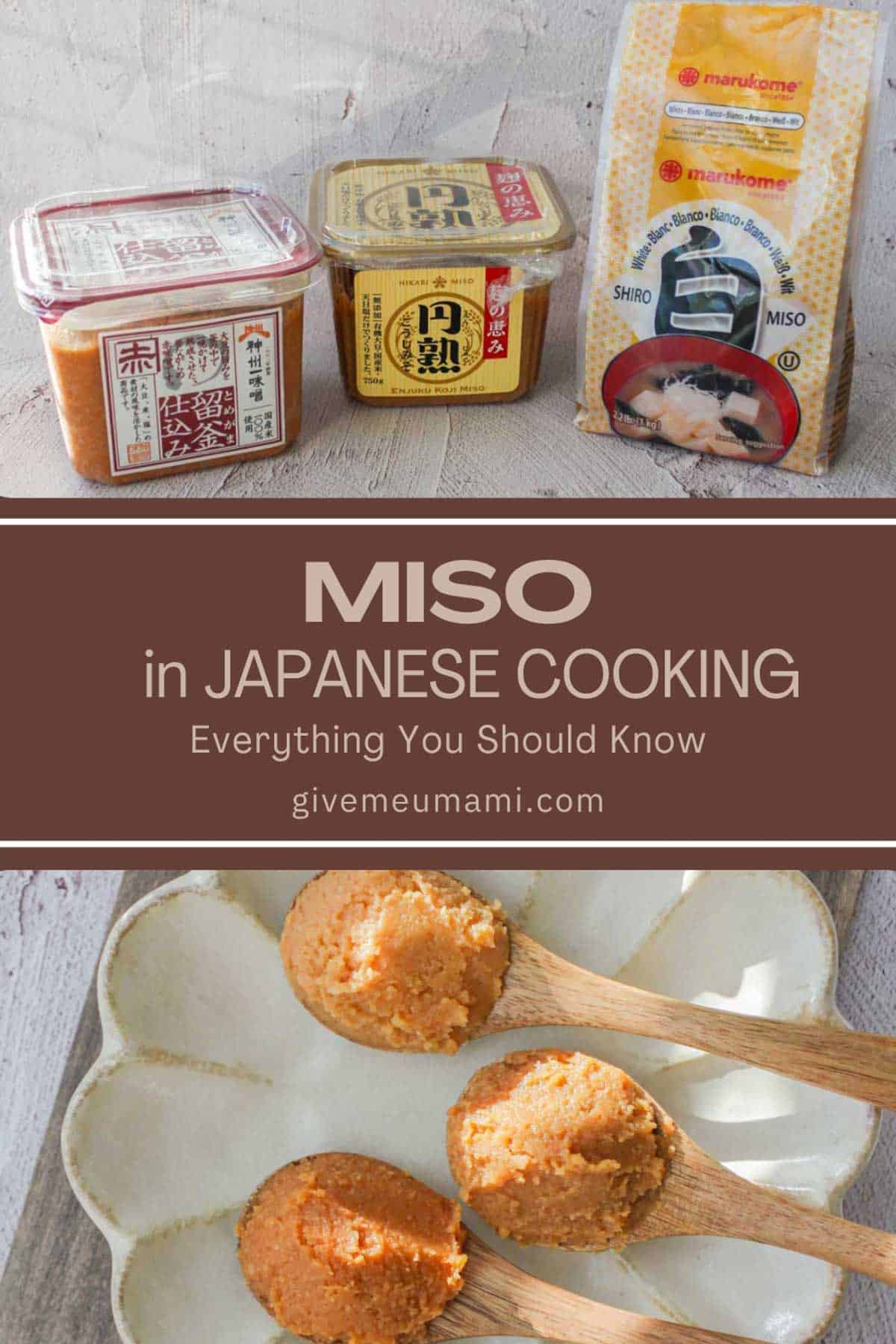

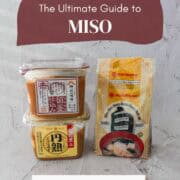


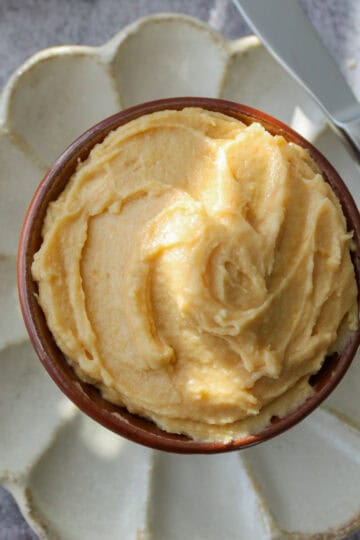
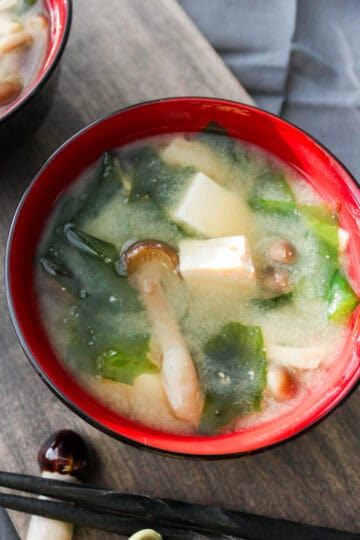
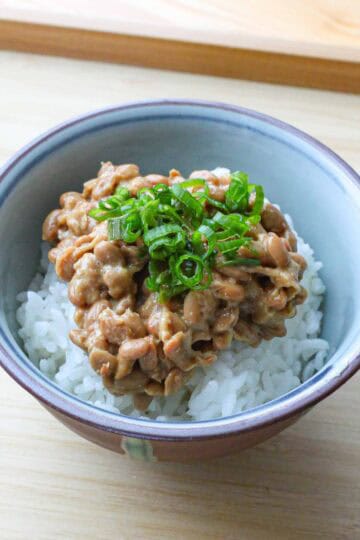
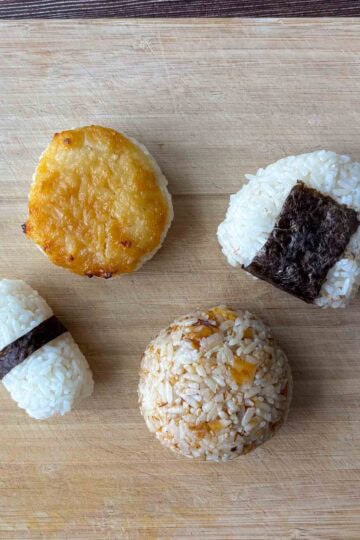
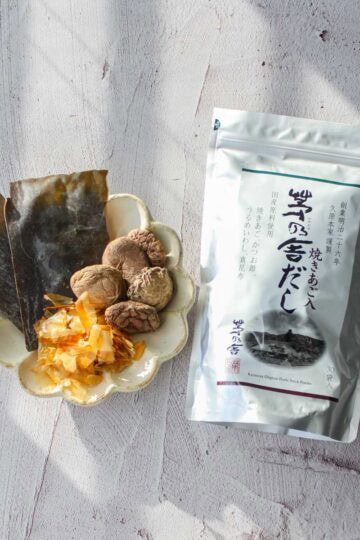
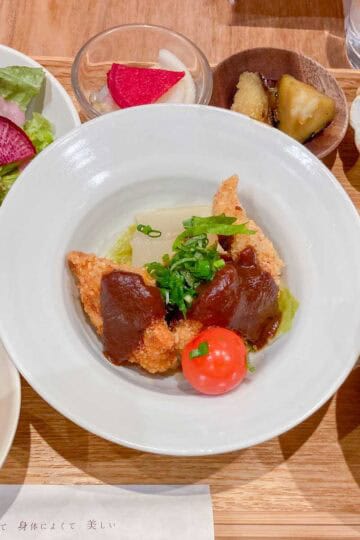
Comments
No Comments